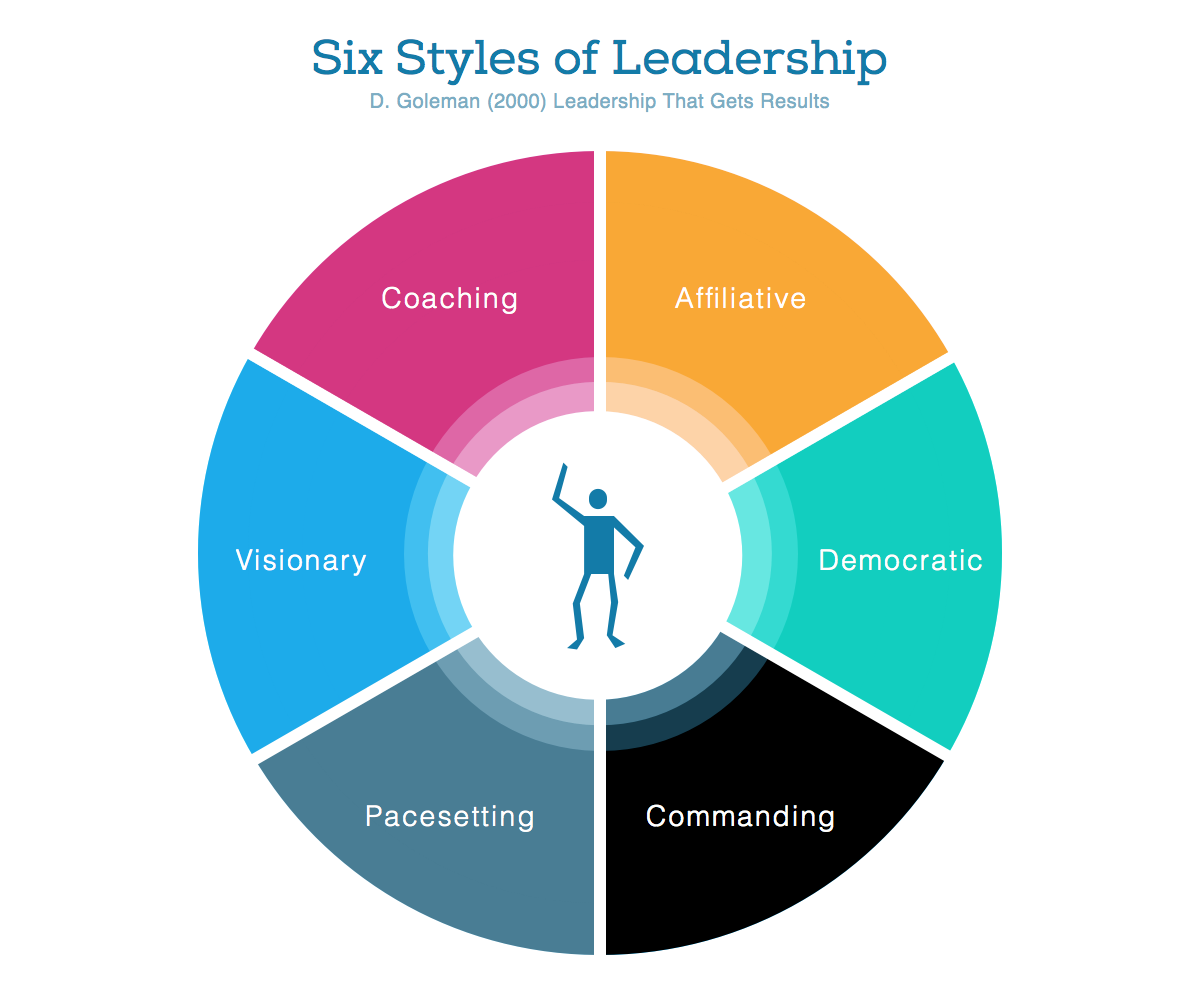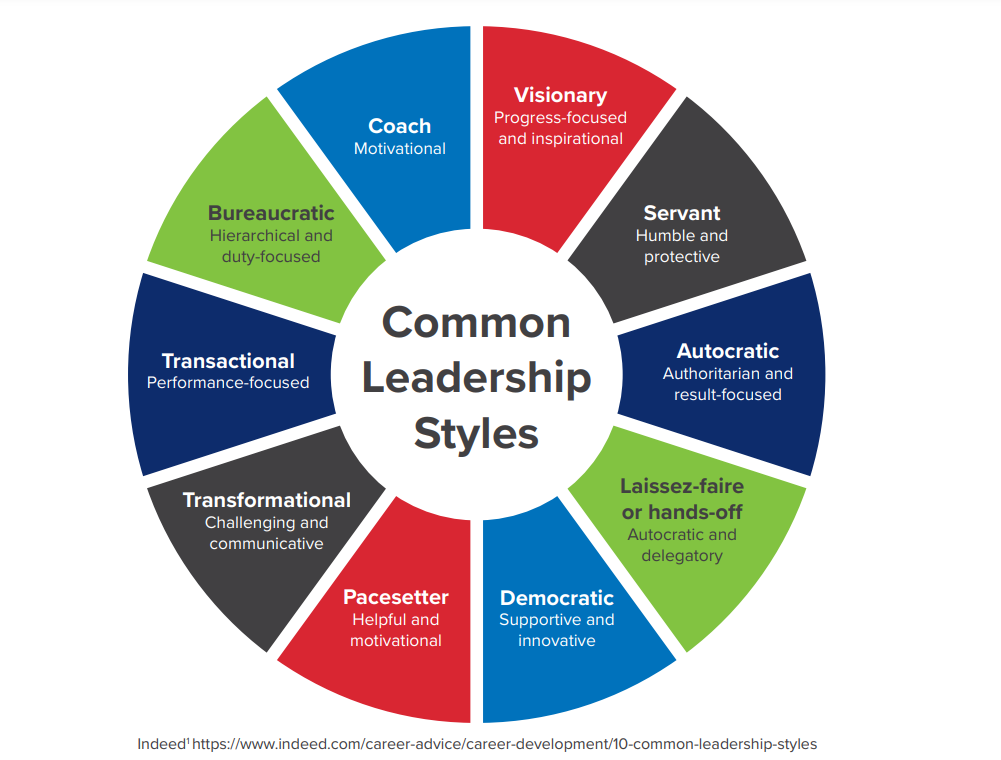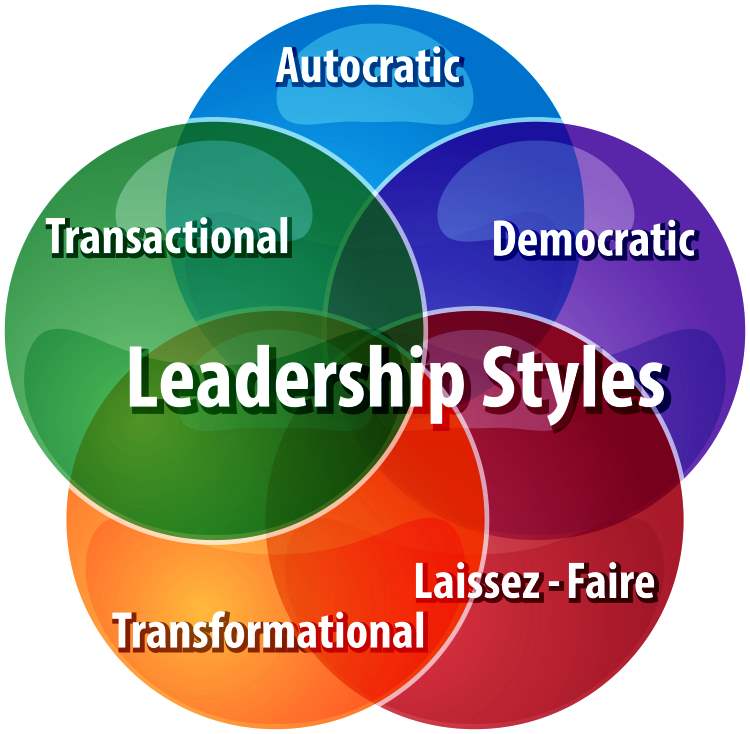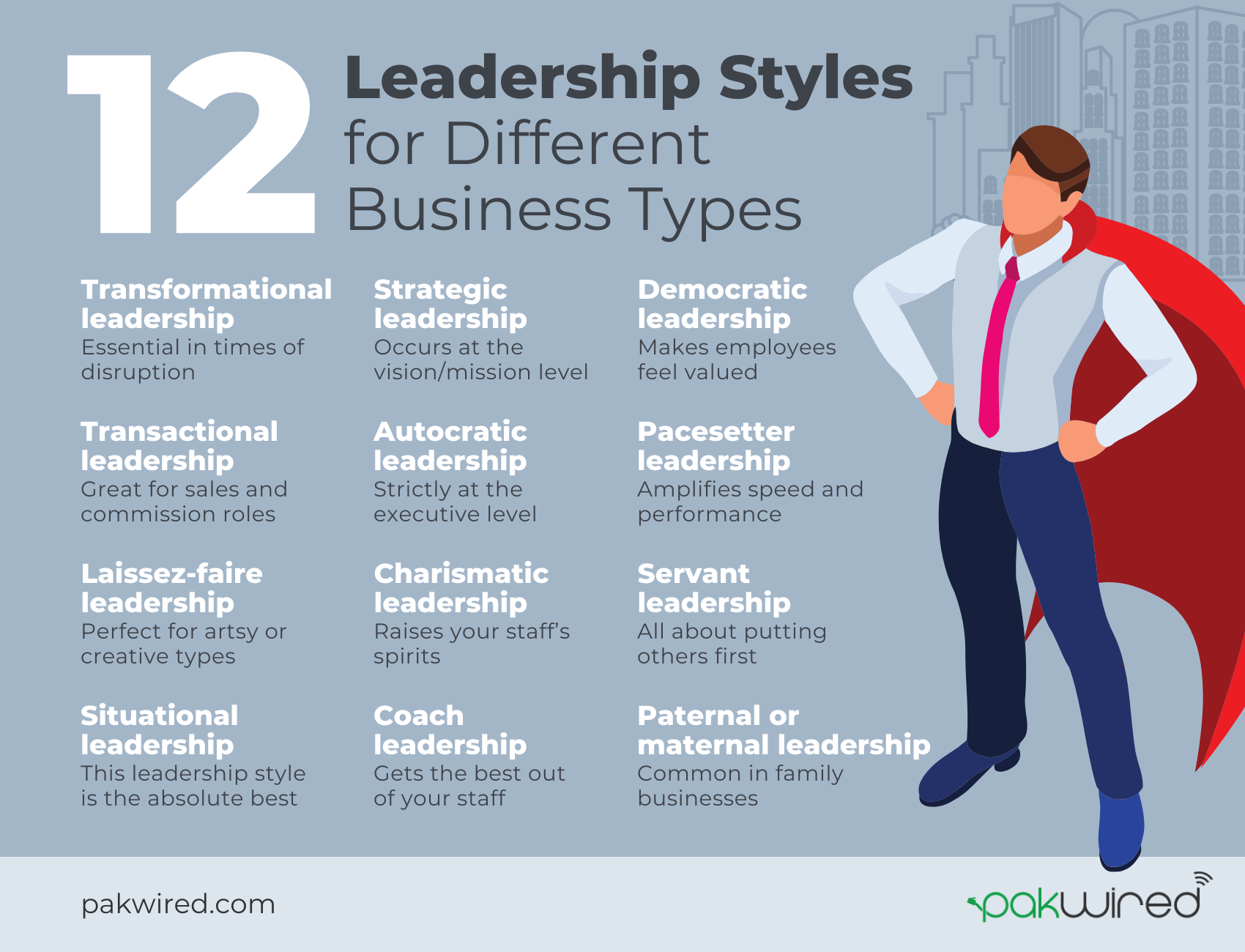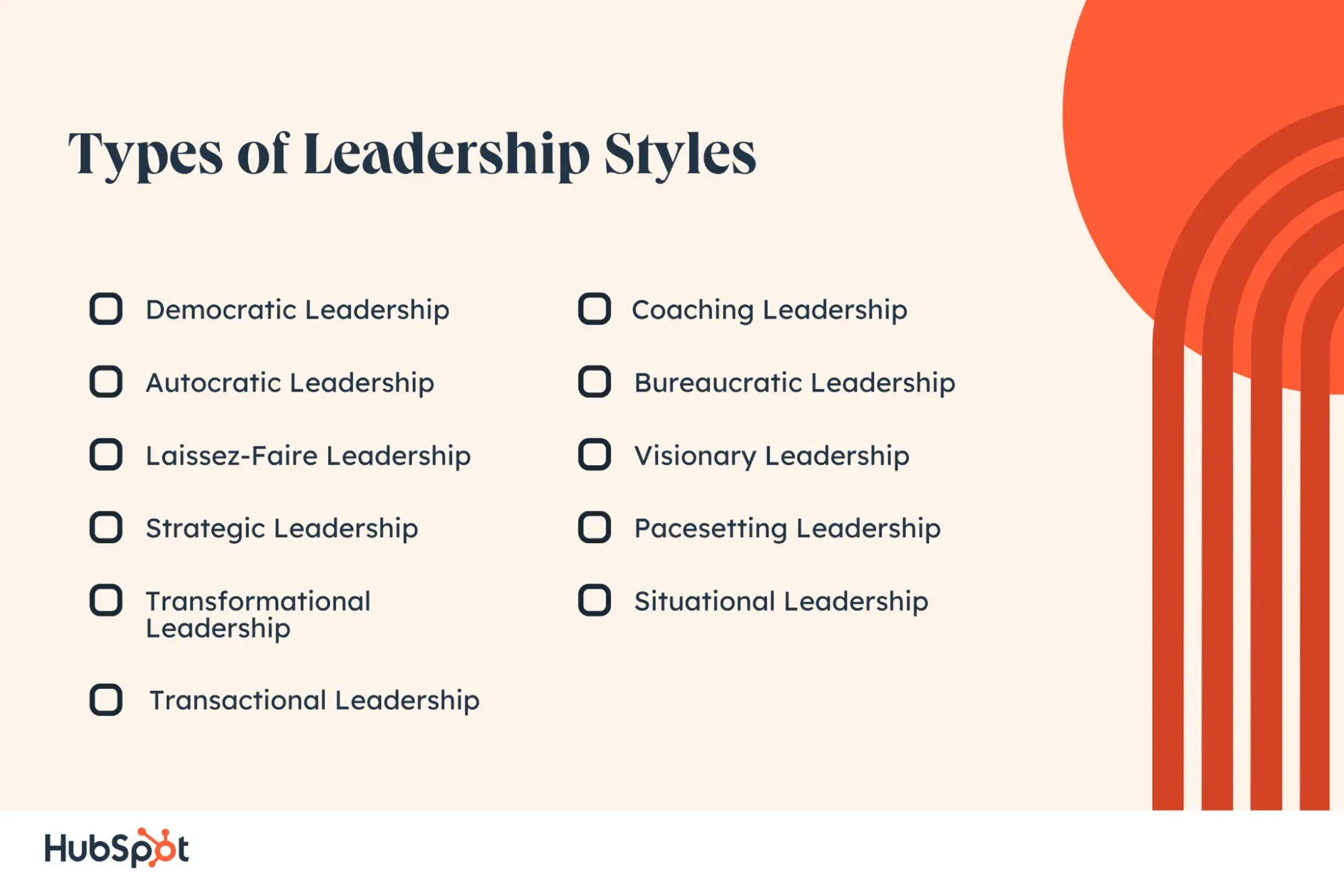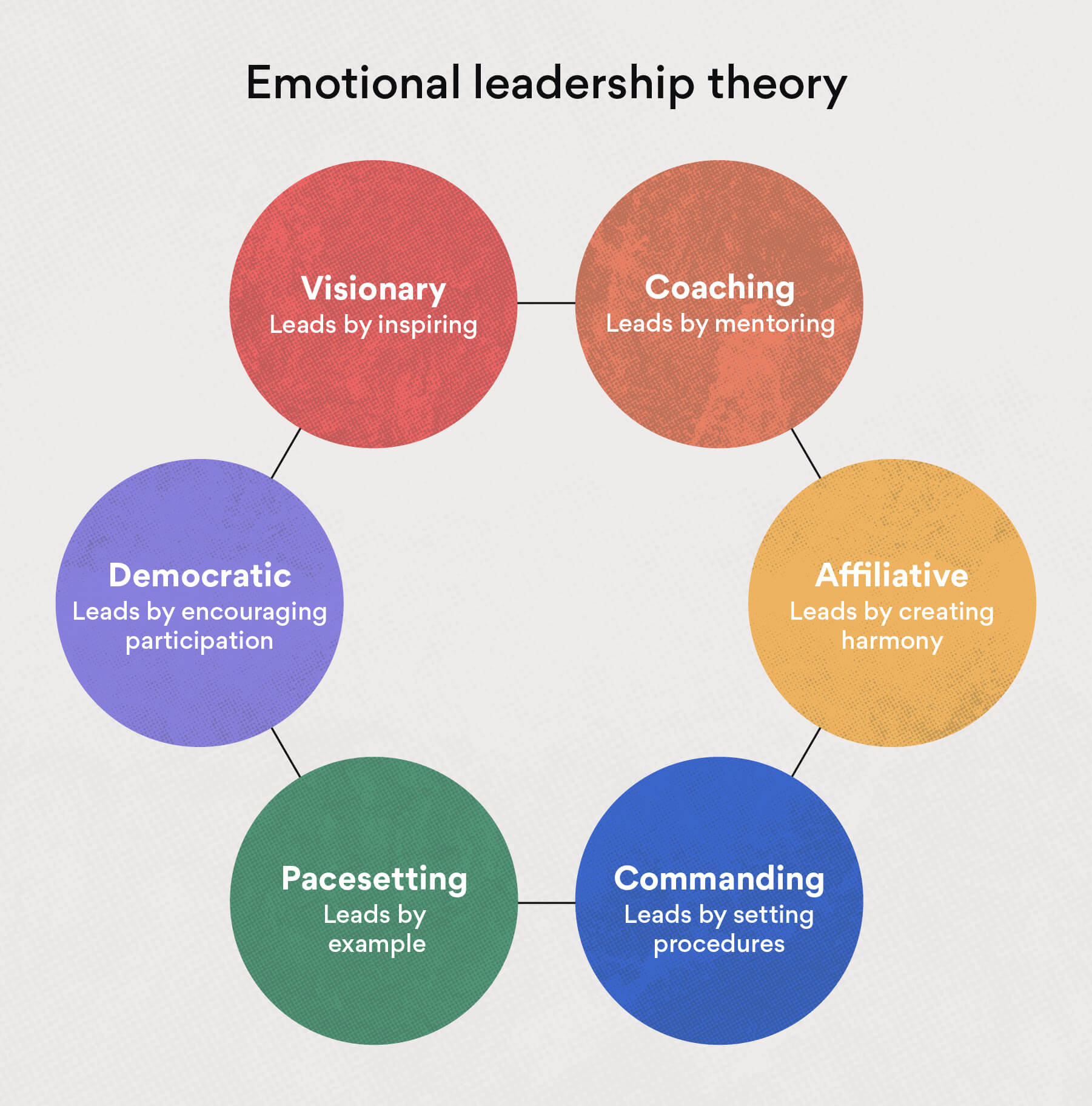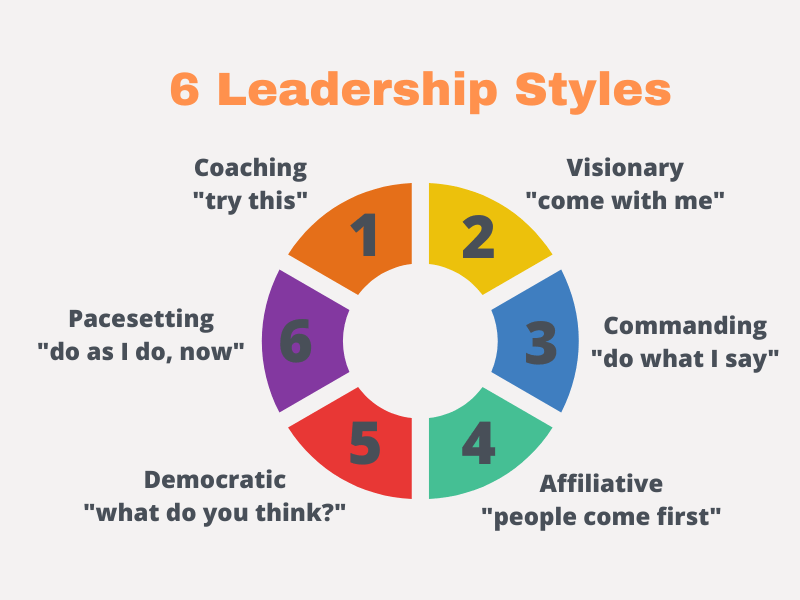What Are Types Of Leadership Styles
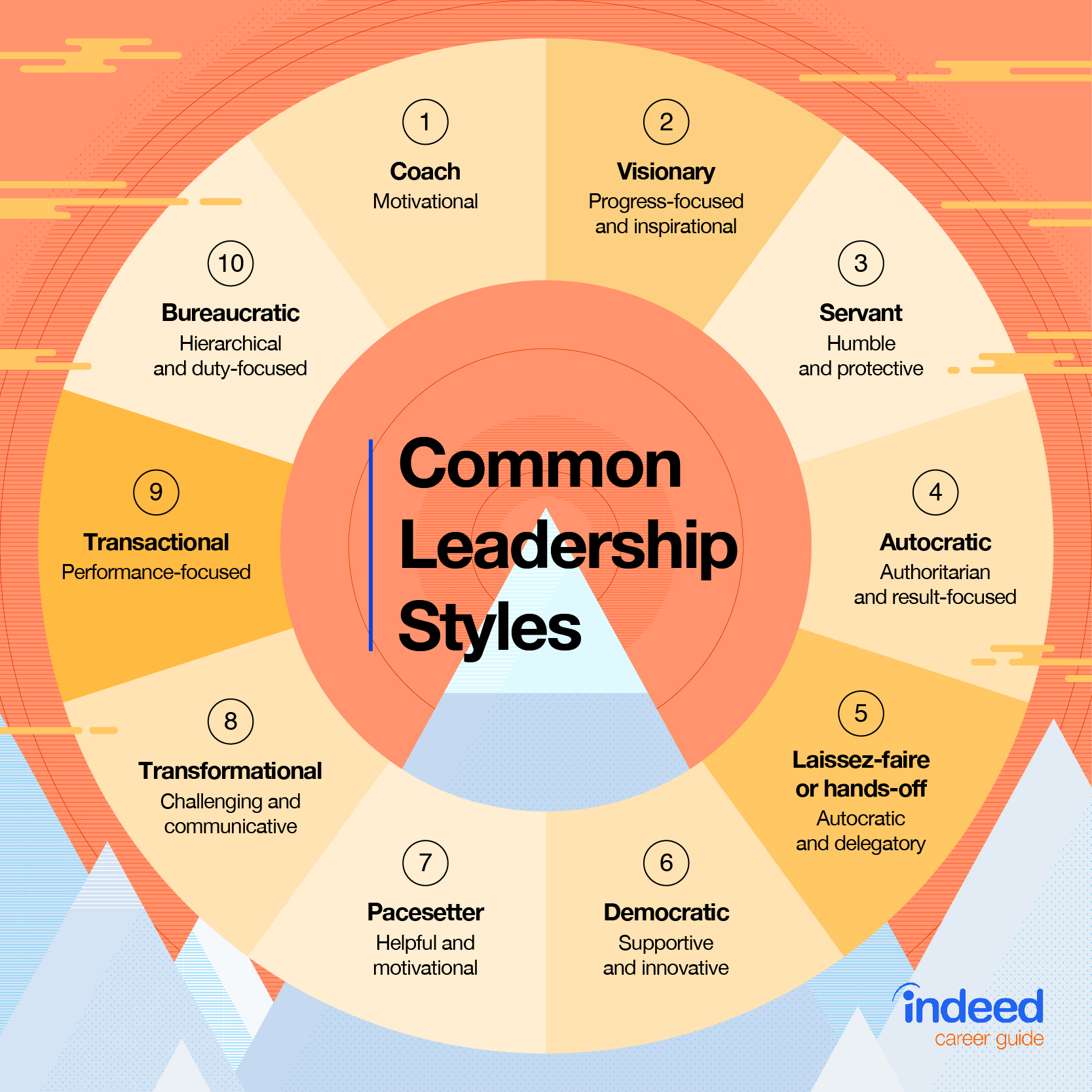
In today's dynamic and ever-evolving world, effective leadership is more crucial than ever. From steering multinational corporations to guiding small teams, the impact of a leader's style resonates deeply within organizations and significantly influences overall success.
However, leadership isn't a one-size-fits-all concept. Different situations and team dynamics call for different approaches. Understanding the nuances of various leadership styles is paramount for anyone aspiring to lead, manage, or even collaborate effectively within a team setting.
Understanding the Spectrum of Leadership Styles
The effectiveness of a particular leadership style is heavily contextual. A style that thrives in one environment could falter in another. Recognizing these styles and their potential applications is a cornerstone of effective leadership.
Autocratic Leadership: The Directive Approach
Autocratic leadership, sometimes referred to as directive leadership, is characterized by a leader who makes decisions independently with little to no input from team members. This style is often utilized in situations demanding immediate action or when dealing with inexperienced teams. Its efficiency in crisis situations cannot be denied.
However, according to research published in the Journal of Applied Psychology, autocratic leadership can stifle creativity and lead to decreased employee morale if implemented long-term or without proper context.
Democratic Leadership: Fostering Collaboration
In contrast to the autocratic approach, democratic leadership emphasizes collaboration and shared decision-making. This style encourages team members to participate in the decision-making process, fostering a sense of ownership and responsibility. This can lead to increased engagement and innovation.
A study by the Society for Human Resource Management (SHRM) found that democratic leadership often results in higher levels of job satisfaction and reduced employee turnover, though the decision-making process can be slower.
Laissez-faire Leadership: Hands-Off Empowerment
Laissez-faire leadership, meaning "let them do" in French, provides team members with significant autonomy and minimal supervision. This style works best with highly skilled and self-motivated teams. It empowers individuals to take ownership of their work.
However, a 2015 report from Harvard Business Review cautioned that laissez-faire leadership can lead to a lack of direction and accountability if not carefully managed, potentially resulting in decreased productivity and missed deadlines.
Transformational Leadership: Inspiring Vision
Transformational leadership focuses on inspiring and motivating team members to achieve a shared vision. These leaders are often charismatic and possess the ability to inspire significant change. They focus on the bigger picture.
According to Forbes, transformational leaders foster a culture of innovation and encourage personal growth, leading to increased performance and organizational success.
Transactional Leadership: The Exchange Model
Transactional leadership relies on a system of rewards and punishments to motivate team members. This style focuses on maintaining stability and achieving short-term goals. Clear expectations are set.
While effective in achieving specific objectives, some critics argue that transactional leadership can stifle creativity and long-term innovation, focusing more on immediate results than sustainable growth.
The Importance of Situational Leadership
Acknowledging that no single leadership style is universally effective, the concept of situational leadership has gained significant traction. This adaptive approach emphasizes that leaders should adjust their style based on the specific needs and maturity of their team members.
Paul Hersey and Ken Blanchard's Situational Leadership Theory suggests adapting your style based on the follower's competence and commitment levels. This includes telling, selling, participating, and delegating.
By accurately assessing the situation and tailoring their approach, leaders can maximize team performance and foster a positive work environment.
Looking Ahead: The Future of Leadership
As organizations navigate increasing complexity and rapid technological advancements, the demands on leaders will continue to evolve. Agility, adaptability, and emotional intelligence will become even more critical.
Future leaders will need to be adept at leveraging technology, fostering diverse and inclusive teams, and navigating complex global challenges. The ability to understand and effectively apply different leadership styles will be more valuable than ever.
Ultimately, the most effective leaders are those who can adapt, inspire, and empower their teams to achieve remarkable results. They are the ones who can build bridges and can change the world.

